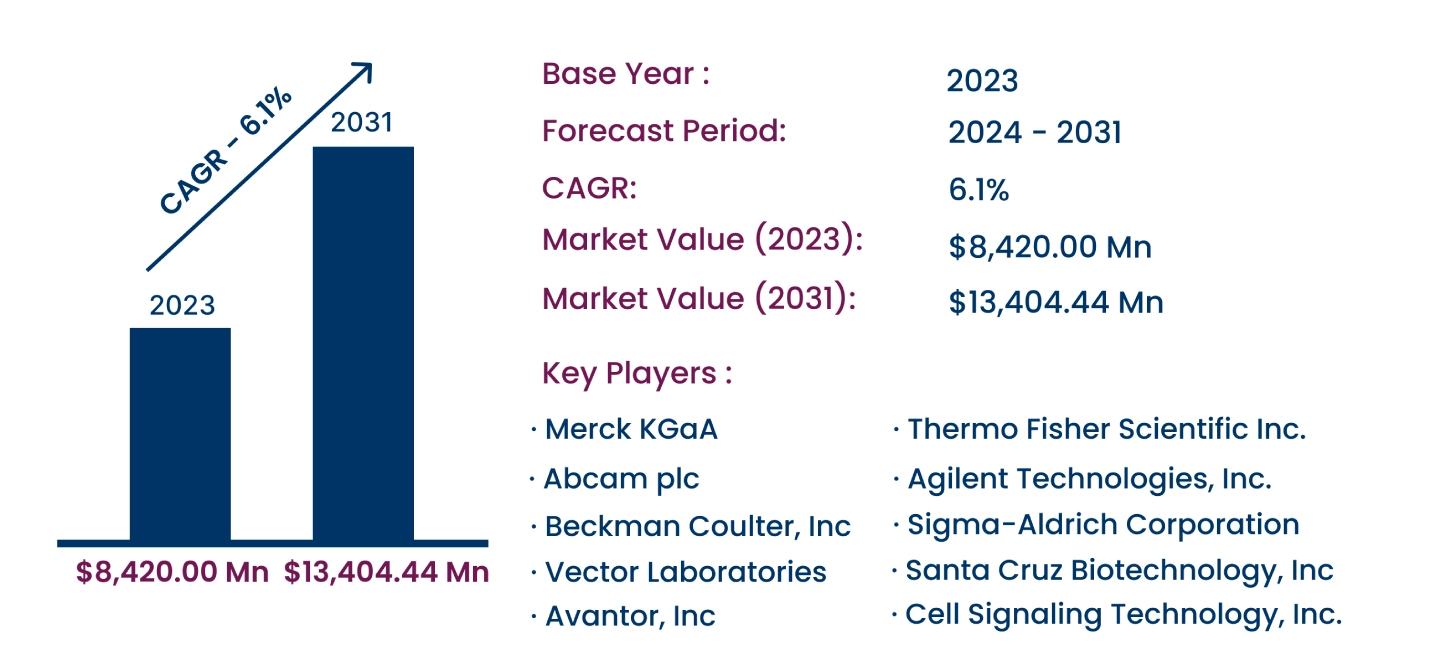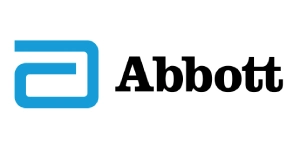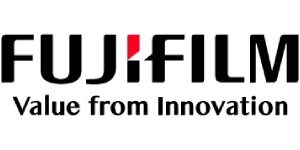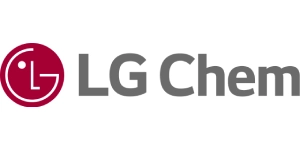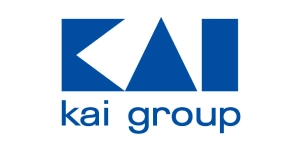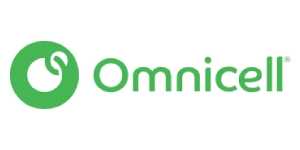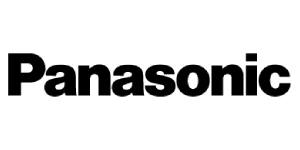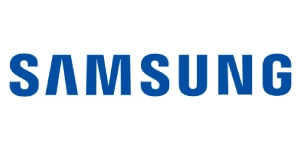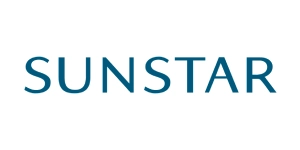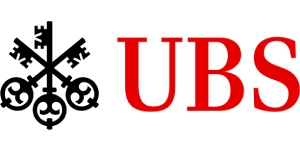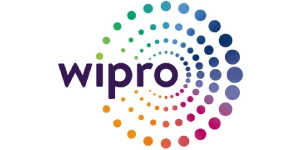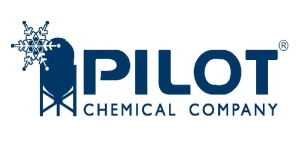Global Biological Stains Market to Reach USD 13,404.44 Million by 2031 | CAGR of 6.1%
Category : Pharmaceuticals | Published Date : Nov 2024 | Type : Press Release
Biological Stains Market Scope & Overview:
As per the Consegic Business Intelligence newly published report, the Biological Stains Market size was valued at USD 8,420.00 million in 2023 and is projected to grow at a CAGR of 6.1% to reach USD 13,404.44 million by 2031. Biological stains are essential for visualizing cellular structures and tissue components in clinical diagnostics and research applications. Common stains such as hematoxylin, eosin, and crystal violet are widely utilized for processes like histology, cytology, and microbiology, aiding in accurate diagnostics and biomedical advancements.
The report comprises the Biological Stains Market Share, Size & Industry Analysis, based on Product Type (Acid Fuchsin, Congo Red, Crystal Violet, Eosin, Others), Nature (Acidic Stains, Basic Stains, Neutral Stains), Application (Histology & Cytology, Microbiology, Bacteriology, DNA Staining, Protein Staining, Gram Staining, Others), End-User (Clinical Laboratories, Research Institutes, Pharmaceutical & Biotechnology Companies, Academic Institutes, Diagnostic Centers), and Region (North America, Europe, Asia-Pacific, Latin America, Middle East & Africa), and Forecast, 2024-2031.
The report contains detailed information on Biological Stains Market Trends, Opportunities, Value, Growth Rate, Segmentation, Geographical Coverage, Company Profiles, In-depth Expert Analysis, Revenue Forecast, Competitive Landscape, Growth Factors, Restraints or Challenges, Environment & Regulatory Landscape, PESTLE Analysis, PORTER Analysis, Key Technology Landscape, Value Chain Analysis, and Cost Analysis.
The rising prevalence of chronic diseases, advancements in diagnostics, and increasing biomedical research investments are key drivers of market growth.
Segmental Analysis :
Based on product type, the market is segmented into Acid Fuchsin, Congo Red, Crystal Violet, Eosin, and Others.
- The crystal violet segment accounted for the largest market share in 2023, driven by its critical role in Gram staining for bacterial differentiation. Its extensive use in clinical laboratories and microbiology research underpins its dominance.
- The eosin segment is anticipated to grow at the fastest rate during the forecast period, supported by its application in tissue staining procedures like hematoxylin and eosin staining, which are essential for cancer diagnostics and histopathological studies.
Based on nature, the market is segmented into Acidic Stains, Basic Stains, and Neutral Stains.
- The basic stains segment held the largest market share in 2023, attributed to their strong affinity for nucleic acids and acidic cell components, making them vital for cellular visualization in microbiology and cytology.
- The acidic stains segment is projected to grow at the fastest CAGR, driven by their increasing use in histological applications for tissue staining and advanced diagnostic procedures.
Based on application, the market is segmented into Histology & Cytology, Microbiology, Bacteriology, DNA Staining, Protein Staining, Gram Staining, and Others.
- The histology & cytology segment accounted for the largest revenue share in 2023, owing to the rising number of biopsy procedures and the growing importance of precision medicine in cancer diagnostics.
- The DNA staining segment is expected to grow at the fastest CAGR, fueled by advancements in molecular biology, genetic research, and forensic science applications.
Based on region, the market is segmented into North America, Europe, Asia Pacific, Middle East and Africa, and Latin America.
- North America dominated the market in 2023 with a 38.56% share, valued at USD 3,246.75 million, supported by advanced healthcare infrastructure and robust research activities in the U.S. and Canada.
- Asia-Pacific is forecasted to grow at the fastest CAGR of 6.8%, driven by increasing healthcare investments and expanding research activities in countries like China, India, and Japan.
| Report Attributes | Report Details |
| Study Timeline | 2018-2031 |
| Market Size in 2031 | USD 13,404.44 Million |
| CAGR (2024-2031) | 6.1% |
| Product Type | Acid Fuchsin, Congo Red, Crystal Violet, Eosin, Others |
| Nature | Acidic Stains, Basic Stains, Neutral Stains |
| Application | Histology & Cytology, Microbiology, Bacteriology, DNA Staining, Protein Staining, Gram Staining, Others |
| End-User | Clinical Laboratories, Research Institutes, Pharmaceutical & Biotechnology Companies, Academic Institutes, Diagnostic Centers |
| By Region | North America(U.S., Canada, Mexico) Europe(U.K., Germany, France, Spain, Italy, Russia, Benelux, Rest of Europe) APAC(China, South Korea, Japan, India, Australia, ASEAN, Rest of Asia-Pacific) Middle East & Africa(GCC, Turkey, South Africa, Rest of MEA) LATAM(Brazil, Argentina, Chile, Rest of LATAM) |
Top Key Players & Competitive Landscape :
The biological stains market features intense competition, with key players focusing on R&D, innovative product launches, and strategic collaborations to expand their market presence. Leading companies such as Merck KGaA and Thermo Fisher Scientific dominate the market with diversified portfolios and global networks.
List of prominent players in the Biological Stains Industry:
- Merck KGaA (Germany)
- Thermo Fisher Scientific Inc. (USA)
- Abcam plc (UK)
- Agilent Technologies, Inc. (USA)
- Sigma-Aldrich Corporation (USA)
- Beckman Coulter, Inc. (USA)
- Santa Cruz Biotechnology, Inc. (USA)
- Cell Signaling Technology, Inc. (USA)
- Vector Laboratories (USA)
- Avantor, Inc. (USA)
Recent Industry Developments :
- 2024: Thermo Fisher Scientific launched a line of automated staining kits for pathology labs, enhancing precision and efficiency in clinical diagnostics.
- 2024: Merck KGaA unveiled a sustainable staining product line to cater to academic and diagnostic research labs with reduced environmental impact.
- 2023: Agilent Technologies expanded its staining solutions portfolio through collaboration with PathAI, integrating AI-based tools for improved diagnostic accuracy.
